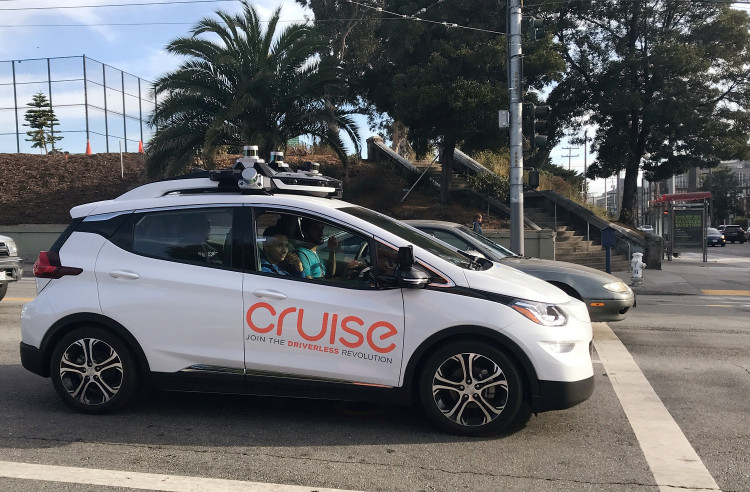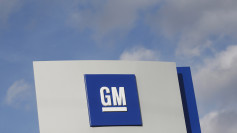We're still so far from having autonomous cars, like entirely autonomous cars, but connected cars are very much with us. Almost all automakers manage to manufacture a vehicle peppered with sensors with considerable onboard computing power and communication systems.
These systems are able to perform certain functions, resulting in cars with infotainment systems and models capable of commuting with their environment, and similar car systems (vehicle-to-vehicle). And with the advent of 5G technology, modern automobiles are like something out of a sci-fi film.
Cellular wireless communication is nothing new, but 5G is the first generation of the technology that the auto industry is aggressively pursuing. But the next-gen network is still met with skepticism -- not a lot of people want to rely on a car using a cellular network to accomplish tasks related to driving.
However, cars with support for 5G won't always communicate through the cellular network. C-V2X or Cellular Vehicle to Everything cars allow vehicles to communicate directly with their surroundings.
"There's this term called vulnerable road users, like pedestrians, bikes and scooters," says John Kwant, global director of Government Relations, Mobility, and Advanced Technologies at Ford. "We've done demos where we've shown the ability for a pedestrian to signal that they want to cross [the street] and the car acknowledges them and that it will stop."
This kind of communication is a major new layer on top of existing sensors that already detect "vulnerable road users" but without confirmation and acknowledgment between all parties.
As for vehicle-to-vehicle (V2V) communications, the end goal is to make roads safer for everyone. The World Health Organization (WHO) says that up to 50 million are injured and 1.3 million people die in road accidents each year. When drivers are alerted to dangerous road conditions, such as potholes or ice, accidents can be prevented.
V2X communications, meanwhile, allow cars to exchange information with each other and also acts as sensors on roadside infrastructure like traffic lights and lampposts. With 5G's low latency and fast data rates, seamless communication is guaranteed.
In the United States, regulators are pretty much in favor of 5G for cars. The EU, on the other hand, are opening their doors to other options, allowing a variant of Wi-Fi called 802.11p to be considered. This network can perform ultra-fast communications as well, but it needs to be connected to another interface like 4G to be able to perform wide-area coverage, unlike 5G that can do this feat natively.
5G in automobiles may seem like an ambitious move, but it's an interesting maneuver that we all can benefit from these days and in the future.





